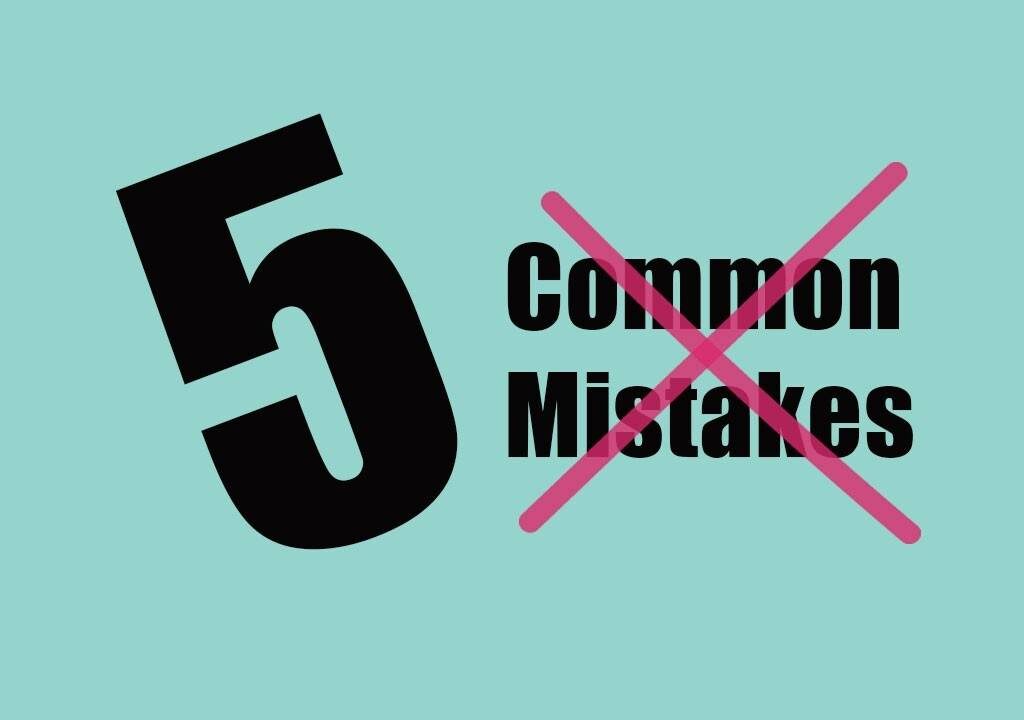This is the fourth post in the November Agile Leadership and Management Series.
When forming Agile Leadership Teams we have found some mistakes to be common within many different organizations and through different types of businesses. Here they are compiled in a list to make it easy for you to study before you form your leadership team, and come back to on a regular basis.

MISTAKE 1: Assuming that brilliant and talented leaders/managers will automatically work well together.
New Agile leadership teams require the same team structures and boundaries as those needed by new frontlines teams, if not more so.
Members of new Agile leadership teams all have their own agenda, vision, and old habits that worked for them in the past. There is no team focus or a shared direction. Moreover, norms that arise naturally when a group of people is brought together often sabotage collaboration:
- Team members naturally assume his or her own code of conduct
- The lowest common denominator behavior becomes the norm
- Team effectiveness decreases and spirals downward
Work is, therefore, required when launching an Agile leadership team to ensure shared alignment around a common direction, bounded and stable team membership, norms that enable smooth collaboration, strong interdependence (so leaders can transcend siloed thinking and optimize the organization as a whole), and access to resources within a supportive organizational context that enable their success.
MISTAKE 2: Assuming that the mission statement is enough to define a leadership team’s purpose.
Many Agile leadership teams assume that their collective mission is the organization’s mission statement. However, that is not the case. Mission statements do not provide guidance about what actions the Agile leadership team members will take as a team. The team’s mandate needs to come from the executive leaders who created the leadership team.
MISTAKE 3: Making the leadership team too big
Big teams struggle to establish and enforce working agreements that are essential for performing work that requires collaboration. Moreover, they struggle to integrate the diversity of perspective required for making sound decisions that impact the whole enterprise.
Leadership teams often grow too big because many organizations base membership on role or political purposes rather than on capabilities, levels of competence, and diversity of perspective. Therefore, it’s essential to keep the following practices in mind when launching an Agile leadership team:
- Identify the required range of perspectives, capabilities, and experience required to accomplish great teamwork
- Identify and eliminate derailers (i.e., those with a victim mentality and a tendency to make generalizing negative assertions of other people)
- Keep in mind certain hard and soft competencies can spell the difference between collaboration and chaos.
MISTAKE 4: An absence of a shared understanding regarding the organization’s strategy
Leadership teams need to have a well-calibrated mental model of their organization’s enterprise-level goals, strategies, and business objectives. Achieving such calibration can only arise when teams are given the time and space to jointly translate strategy into organizational action, which may require team coaching.
Members of Agile Leadership Teams must, therefore, talk about the organization’s enterprise-level goals, strategies, and business objectives as a team and play out the implications in direct conversations with each other.
MISTAKE 5: Lack of emotional courage to confront reality
The increasing complexity of today’s world requires that teams possess a considerable degree of emotional maturity and courage.
Confronting reality takes courage. Moving towards anxiety-arousing events in the interest of learning and optimizing the enterprise as a whole takes courage. Choosing actions that sometimes temporarily increase anxieties to lay the groundwork for subsequent learning or change takes courage!
Agile Leadership teams that lack emotional courage tend to keep things ambiguous on purpose to avoid disagreements and keep dysfunctions from surfacing.
Adapted from Ruth Wageman, Debra A. Nunes, James A. Burress, and J. Richard Hackman’s book, Senior Leadership Teams
Did you like this post? We also recommend these posts on Agile Leadership
>> Agile Leadership vs. Agile Management
>> How to Form a Team in 10 minutes
>> Starting an Agile Leadership Team
>> The 7 Conditions for Effective Agile Leadership Teams
Did you enjoy this post? Please follow us on LinkedIn for daily updates >



